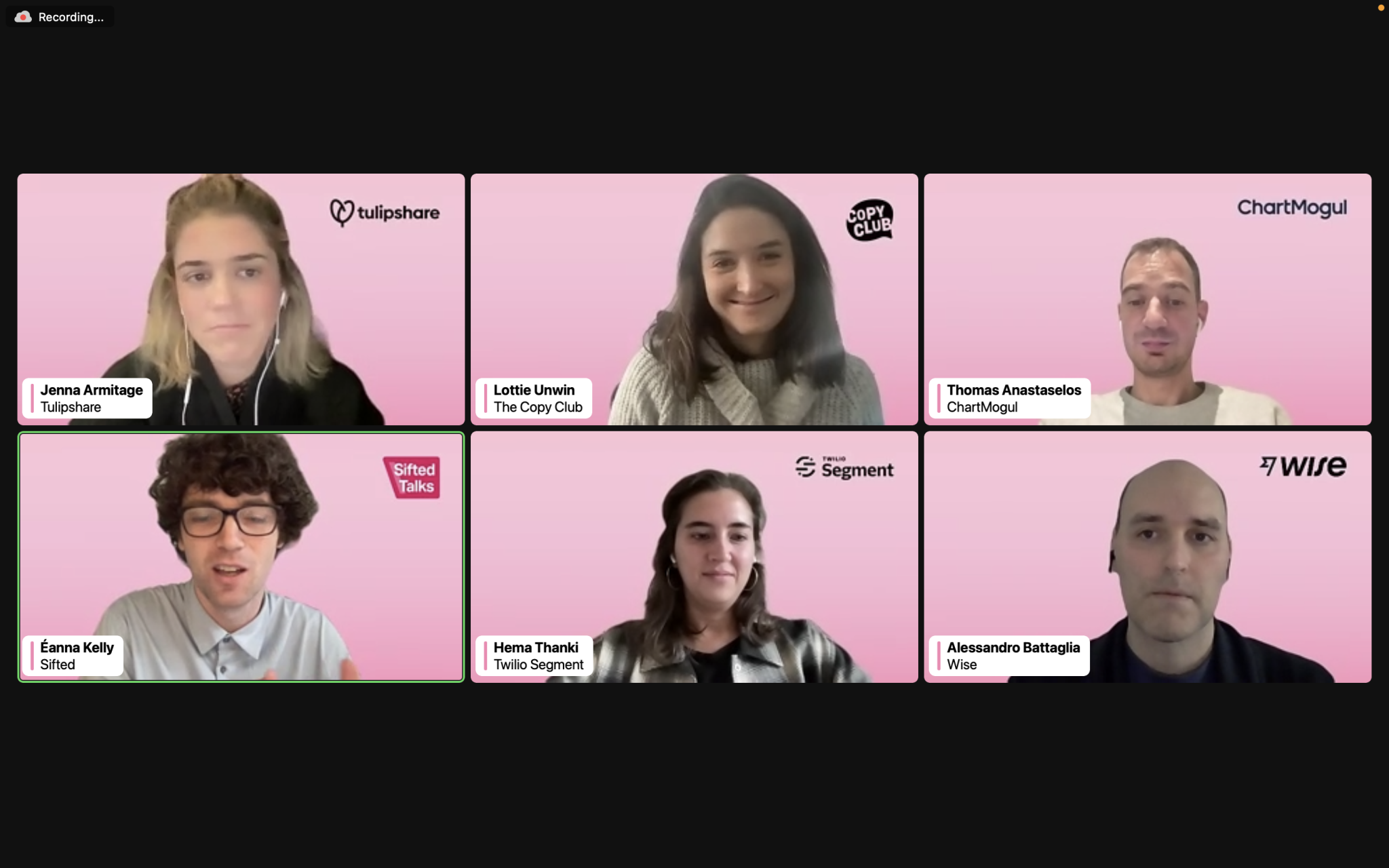Last week, US social media giant Snap announced it was cutting 20% of its team — including shutting down the Paris-based social mapping app, Zenly, that it bought in 2017.
The decision — which Snap says was based on the low likelihood of the app ever turning a meaningful profit — has left Zenly employees shocked and embittered. As recently as July, Snap executives made a show of support by giving the team pay rises and additional restricted stock grants — shares that will likely be worthless because they take a year to vest.
But this may only be the beginning of a drawn-out end. Snap must make a legal and economic case to French authorities about the app’s lack of revenue prospects to get the regulatory okay to close Zenly and fire its 73 employees.
It could take months for Snap and French regulators to grapple over the details, particularly if they’re challenged by Zenly employees. Meanwhile, the Zenly team has to report to work every day — including three new hires scheduled to start yesterday — and keep interacting with users and partners as if nothing has changed, unable to tell them the app is shutting down even though it’s been announced publicly.
If you look at it from one point of view, they bought a company to kill it
Sifted spoke with three long-time Zenly employees who asked to remain anonymous given the ongoing termination negotiations. Sifted also obtained a copy of the 60-page document Snap plans to submit to French authorities to justify its decision.
Perhaps most frustrating of all to long-time employees is Snap’s refusal to entertain any outside offers to buy Zenly and keep the service alive.
“If you look at it from one point of view, they bought a company to kill it,” says one Zenly insider. “You’re killing jobs for people who spent a lot of time and energy building a product they felt passionate about. I have no idea what I’ll do next, but I certainly have lost trust in the Snap leadership.”
A landmark exit
Zenly holds special symbolic significance in France. Its acquisition by Snap in 2017 was a sign of validation for a young ecosystem looking for international credibility.
Founded in 2011 by Antoine Martin and Alexis Bonillo, Zenly believed it could succeed where other mapping and check-in apps had failed by making the experience more social. By 2016, it had raised $33.2m from investors including Xavier Niel, Eurazeo and Benchmark.
Martin declined to comment for this story, and Bonillo did not respond to a request for comment.
The following year, Zenly was preparing to expand to the US when Snap made its offer. The assumption by observers at the time of the deal was that Zenly would be folded into the recently launched Snap Map product team. Instead, the two products and team have remained completely separate.
As Zenly continued to operate as a quasi-independent arm of Snap, its monthly downloads grew steadily, if modestly, from 1.75m in January 2020 to 4.7m in September 2021. But during the pandemic, Zenly took off. According to internal metrics obtained by Sifted, daily active users grew from about 2m in August 2020 to almost 18m earlier this year. It’s extremely popular in Russia and Asia, particularly in Japan where it often tops the download charts.
Riding this wave, Zenly made some bold decisions earlier this year that are now at the heart of its apparent rupture with Snap’s leadership.
Reboot or faceplant?
With Martin still as Zenly CEO, the company embarked on a major redesign earlier this year aimed at increasing its appeal to users in western Europe and the US. Having done at least two major redesigns previously, Zenly insiders say they knew such a change would lead to a big short-term drop in users followed by much larger gains over time.
That’s exactly what happened in April: the team rolled out the design and daily active users fell by almost 5m in the first month. In its French regulatory filing, Snap notes that monthly active users fell by 7m and new monthly users fell from 8m to 3m.
Still, according to internal statistics, Zenly is now back to about where it was in March — 15.4m daily active users, a big increase from the 5m it had a year ago. And yet, Zenly remains relatively small compared to Snap’s 347m daily active users.
The message [from Snap execs] was clear: don’t worry about revenues, just concentrate on user growth and innovating around new features
As the new design rolled out, Martin announced he was stepping down, which caused some nervousness among employees. In a series of meetings following Martin’s departure, the three insiders say that the Zenly team raised the question of monetisation with Snap CEO Evan Spiegel and Jeremy Voss, Snap’s group product manager for messaging and growth. The message, according to these insiders, was clear: don’t worry about revenues, just concentrate on user growth and innovating around new features.
Voss did not respond to Twitter and LinkedIn messages requesting comment.
To further demonstrate its commitment, the parent company gave Zenly employees raises and stock grants in July to put their compensation in line with Snap employees around the globe.
“It’s frustrating because a lot of people made decisions about their future based on those raises,” one Zenly insider says.
The downturn
Even as Snap was trying to calm nerves at Zenly, its core business was stumbling. In July, Snap’s second-quarter earnings showed that revenue had increased only 13% year on year, short of analysts’ projections of 16%. Over the past year, Snap’s share price has fallen from a peak of $83.11 to $11.22 at close on Friday.
Last Wednesday, Spiegel announced that Snap would cut 20% of its global workforce to account for the lower growth projections and help the company, which only posted its first profit in 2021, avoid bigger losses. He also said the company had made the “difficult decision” to shut down a number of products that were not part of the core Snap app.
At Zenly’s headquarters that day, employees were called to a town hall meeting led by Voss and someone from Snap’s HR department. A few minutes before the meeting, Spiegel sent a company-wide email that included the news that Snap would be “winding down” Zenly. According to the insiders, many Zenly employees either didn’t see the email or didn’t grasp the significance of “winding down”.
As such, there was initial confusion during the meeting about what was being announced. A hiring freeze? A few layoffs? It was only during the subsequent Q&A that the reality became clear to most, they say.
The insiders added that the Snap executives seemed surprised to learn that Zenly had been continuing to hire over the summer and that four new employees would be starting the next week. In addition, a handful of others will soon end employment trials and become full-time employees. One insider said a new employee who’d come for their onboarding on Wednesday was sitting in the back of the room during Voss’s presentation.
“[The Snap executives] were unaware of all of this and were unprepared for these questions,” says one insider.
With Snap now squeezed for cash, the company is emphasising its dim view of Zenly’s prospects, which insiders say clashes with the generally positive feedback they’d received in the years since the acquisition. From Snap’s perspective, even if Zenly did generate revenues and a profit at some point, it remains too small to have a material impact on the parent company’s bottom line.
In its French regulatory filing, Snap must convince authorities that Zenly’s prospects are bleak. The document notes that Zenly’s “user base is concentrated principally in markets where social and map competition is strong and its prospects for monetization are relatively weak”. Snap also argues that attempts to revive growth following the April redesign have not generated “rapid enough growth to generate revenues in the short or mid-term”.
"We are working hard to adapt to this very difficult economic environment, including laying off 20% of our team and reprioritising our business. This includes beginning the process to wind down Zenly. We are grateful for the Zenly team's efforts and we share their disappointment that we are not able to continue our investment," a Snap spokesperson said in a written statement to Sifted.
The long layoff road ahead
Snap already has spent hundreds of millions keeping Zenly operating since the acquisition. It may have to spend quite a bit more before the end.
In 2016, Intel shut down an Android development team of 280 in Toulouse. In the US, such decisions typically require a two-week to 30-day notice. But in this case, Intel spent more than a year negotiating with French authorities over their attempts to close down the division. Finally, in May 2017, Intel announced plans to sell the team to carmaker Renault.
For the moment, Snap is insisting such a move is not possible for Zenly. There apparently had been some inquiries from outside investors about acquiring Zenly after Martin’s departure that were rebuffed, according to a report in the French newspaper La Tribune.
During the town hall, insiders say this prospect was explicitly discussed and the Snap bosses said they didn’t want to create a new competitor that would be chasing young users and ad spend in the social and mapping space. Snap Map now has 300m monthly active users compared to 35m monthly active users that Zenly had at its peak earlier this year.
We’re asked to work as business as usual,” according to one Zenly insider. “We’re not allowed to tell users we’re shutting down because it’s not been approved. There is a lot of confusion
The Zenly insiders say they intend to challenge many of the rationales in Snap’s filing, including its metrics and its analysis of the app’s growth and prospects. In addition, while French unemployment benefits are quite generous by international standards, the insiders are disappointed that Snap itself seems to have offered only the bare minimum in layoff benefits — including failing to address compensation for stock options and grants. Snap is offering psychological counselling for employees as well as outplacement services that include money for retraining (up to €3,000) and even starting a new company (up to €15k).
As the situations unfold, Zenly’s 73 employees, including 49 engineers, are effectively frozen in place. If they accept another job offer now, they waive all potential layoff benefits, according to the filing.
“We’re asked to work as business as usual,” according to one Zenly insider. “We’re not allowed to tell users we’re shutting down because it’s not been approved. There is a lot of confusion about what we can and what we can’t tell them legally.”
Snap’s filing says it will make efforts to find other positions in the company for Zenly employees. But naturally, with 20% layoffs, the company also says it doesn’t currently have any openings.
The mood at Zenly remains pretty raw.
“There is shock, sadness and frustration at the lack of respect toward the team and toward our user base,” says one insider. “People are pretty appalled.”



